10 Best Herbal Creams For Eye Bags
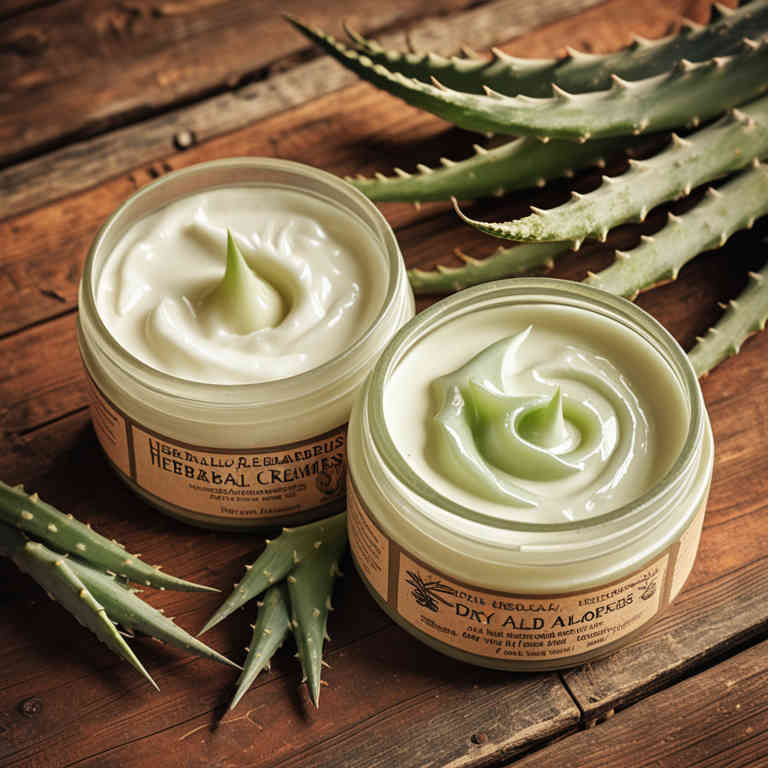
Herbal creams for eye bags are natural remedies that aim to reduce the appearance of dark circles, puffiness, and swelling around the eyes.
These creams typically contain ingredients like chamomile, green tea extract, calendula, and licorice root, which are known for their soothing and anti-inflammatory properties. They work by improving circulation, reducing fluid retention, and providing antioxidants that may help brighten the under-eye area. Many people prefer herbal creams over chemical-based alternatives due to their mild formulation and lower risk of irritation.
However, results may vary, and consistency in application is key to achieving noticeable improvements.
FREE Herb Drying Checklist
How to make sure every batch retains maximum flavor, color, and aroma without the risk of mold or over-drying. Eliminate guesswork and trial-and-error, making herb drying faster, easier, and more efficient every time.
Table of Contents
1. Matricaria chamomilla
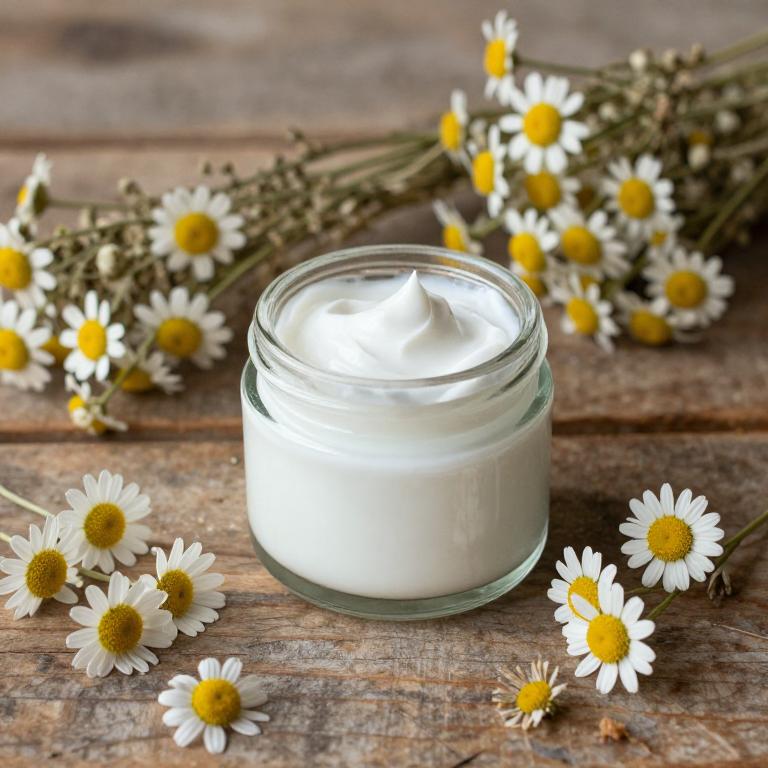
Matricaria chamomilla, commonly known as chamomile, is a gentle herbal ingredient often used in the formulation of eye creams to address the appearance of dark circles and puffiness.
Its anti-inflammatory and soothing properties help reduce irritation and redness around the delicate eye area. Chamomile-based creams may also provide antioxidant benefits, which can help protect the skin from environmental stressors. These creams are particularly suitable for sensitive skin due to their mild and natural composition.
Regular use of chamomile eye cream can contribute to a more refreshed and youthful appearance around the eyes.
2. Rosa canina
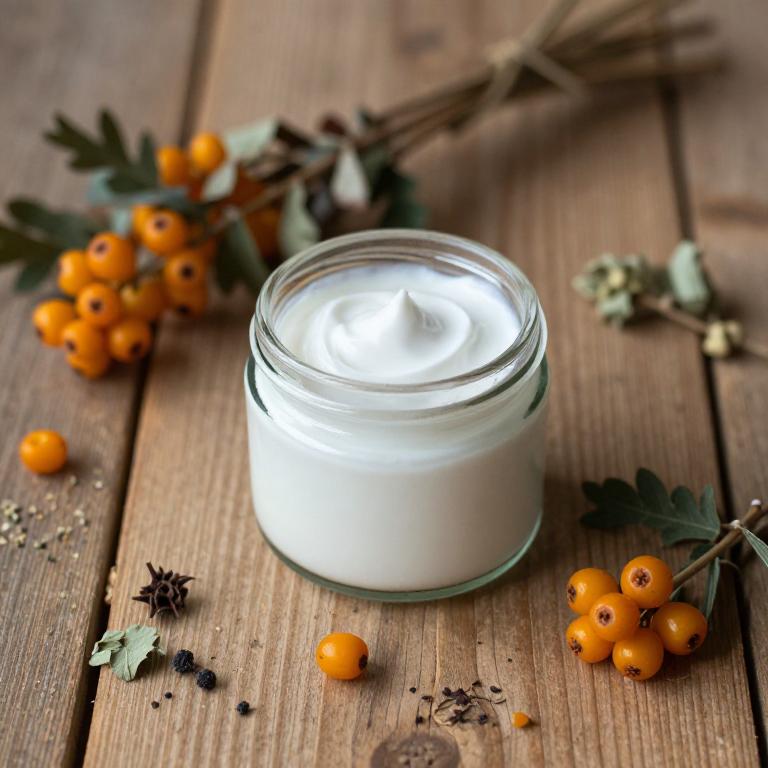
Rosa canina, also known as rosehip, is a natural ingredient commonly used in herbal creams for its rich content of essential fatty acids and antioxidants.
These creams are often formulated to reduce the appearance of eye bags by improving skin elasticity and promoting a more even skin tone. The anti-inflammatory properties of rosehip oil help to soothe the delicate under-eye area, reducing puffiness and dark circles. Regular application of rosa canina herbal creams can lead to a smoother, more radiant complexion around the eyes.
However, it is important to patch test before use, as individual skin sensitivities may vary.
3. Camellia sinensis

Camellia sinensis, the plant from which green tea is derived, is increasingly being incorporated into herbal creams designed to reduce the appearance of eye bags.
These creams often contain extracts rich in antioxidants and polyphenols, which are believed to promote skin health and reduce inflammation. The active compounds in Camellia sinensis may help tighten the skin and improve circulation around the delicate eye area. Many users report a noticeable reduction in puffiness and dark circles after consistent use of these creams.
However, individual results may vary, and it is advisable to consult a dermatologist before incorporating new skincare products into one's routine.
4. Vitis vinifera

Vitis vinifera, commonly known as the grape vine, is a plant rich in antioxidants and bioactive compounds that have been traditionally used in herbal remedies.
Herbal creams containing Vitis vinifera extracts are formulated to target the appearance of eye bags by reducing inflammation and improving skin elasticity around the delicate eye area. These creams often incorporate other natural ingredients like green tea, aloe vera, and cucumber to enhance their soothing and rejuvenating effects. The active compounds in Vitis vinifera help to neutralize free radicals, which can contribute to the formation of dark circles and puffiness.
Regular use of such creams may help to visibly diminish the appearance of eye bags and promote a more refreshed, youthful look to the under-eye area.
5. Silybum marianum
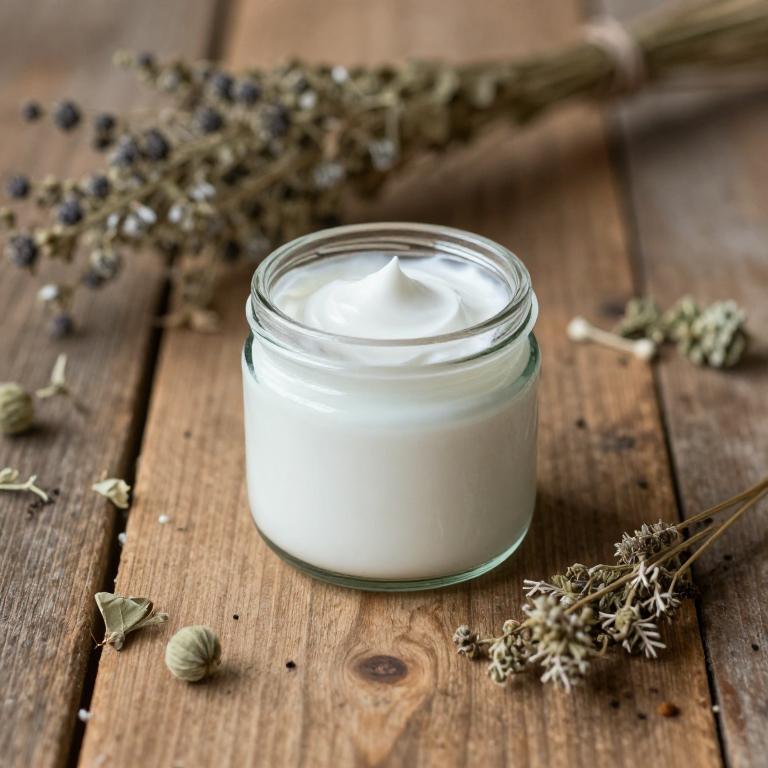
Silybum marianum, also known as milk thistle, is a herbal ingredient often used in the formulation of creams designed to reduce the appearance of eye bags.
These creams typically contain silymarin, a complex of flavonoids and lignans known for their antioxidant and anti-inflammatory properties. The antioxidant activity of silymarin helps to neutralize free radicals, which can contribute to the aging process and the formation of dark under-eye circles. By promoting skin repair and reducing inflammation, these creams may help to smooth the skin and diminish the visibility of eye bags over time.
However, it is important to consult with a dermatologist before using such products, especially if you have sensitive skin or existing skin conditions.
6. Aloe barbadensis
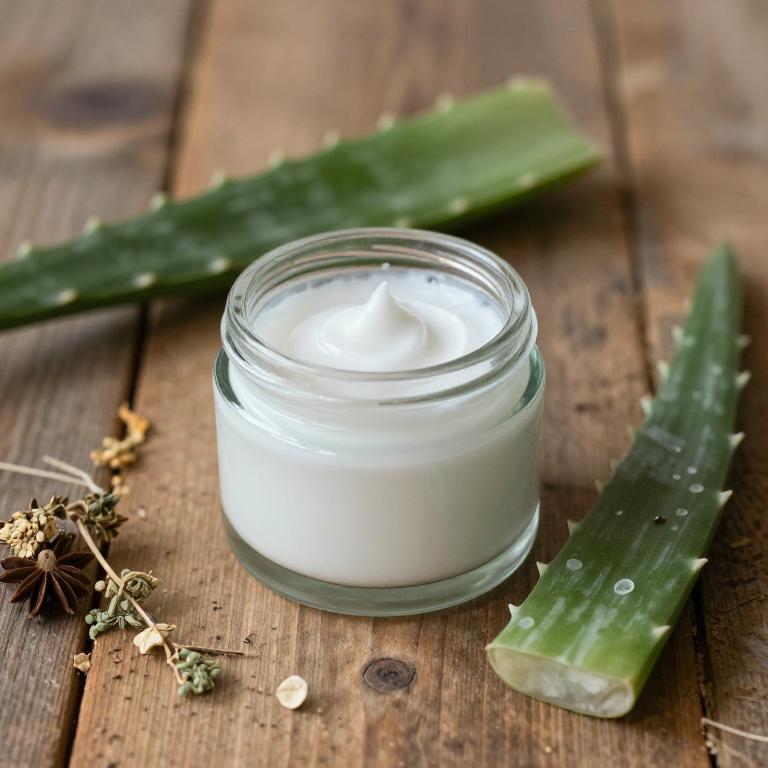
Aloe barbadensis, commonly known as aloe vera, is often incorporated into herbal creams designed to address the appearance of eye bags.
These creams are formulated with aloe vera gel, which is rich in vitamins, minerals, and antioxidants that can help soothe and hydrate the delicate skin around the eyes. The anti-inflammatory properties of aloe vera may help reduce puffiness and dark circles, giving the under-eye area a more refreshed look. Many users find that regular application of aloe-based eye creams can improve skin texture and promote a more youthful appearance.
However, it is important to perform a patch test before using any new product to ensure compatibility with sensitive eye skin.
7. Cnicus benedictus
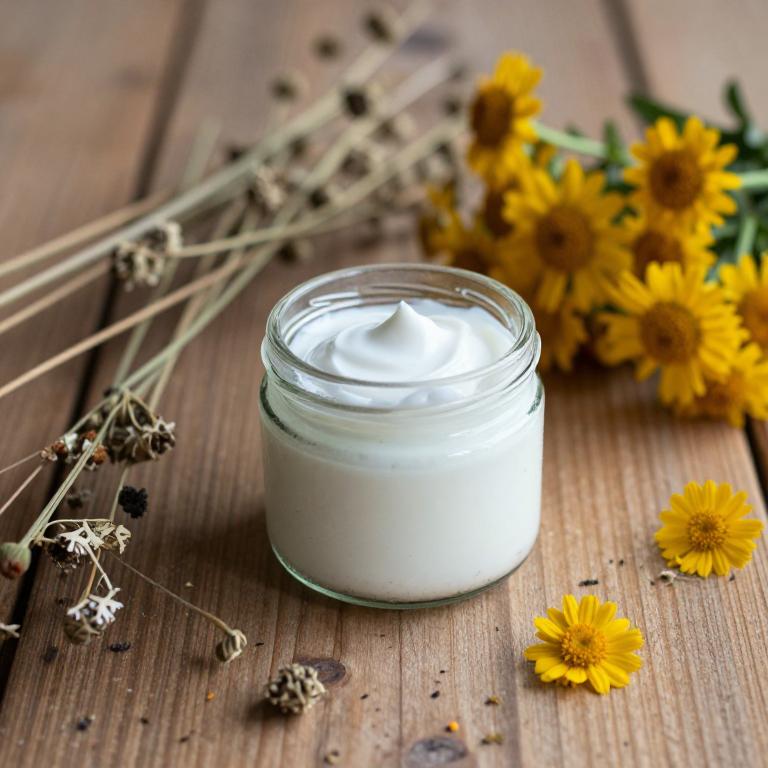
Cnicus benedictus, also known as blessed thistle, is a herb that has been traditionally used in herbal medicine for its potential health benefits.
When incorporated into herbal creams, it is often used to target under-eye concerns such as dark circles and eye bags due to its anti-inflammatory and antioxidant properties. These creams are formulated to nourish the delicate skin around the eyes and may help reduce the appearance of puffiness and discoloration. The active compounds in Cnicus benedictus may support skin repair and enhance circulation, contributing to a more refreshed and youthful eye area.
However, it is important to consult with a healthcare professional before using any herbal products, especially if you have sensitive skin or existing medical conditions.
8. Lavandula angustifolia
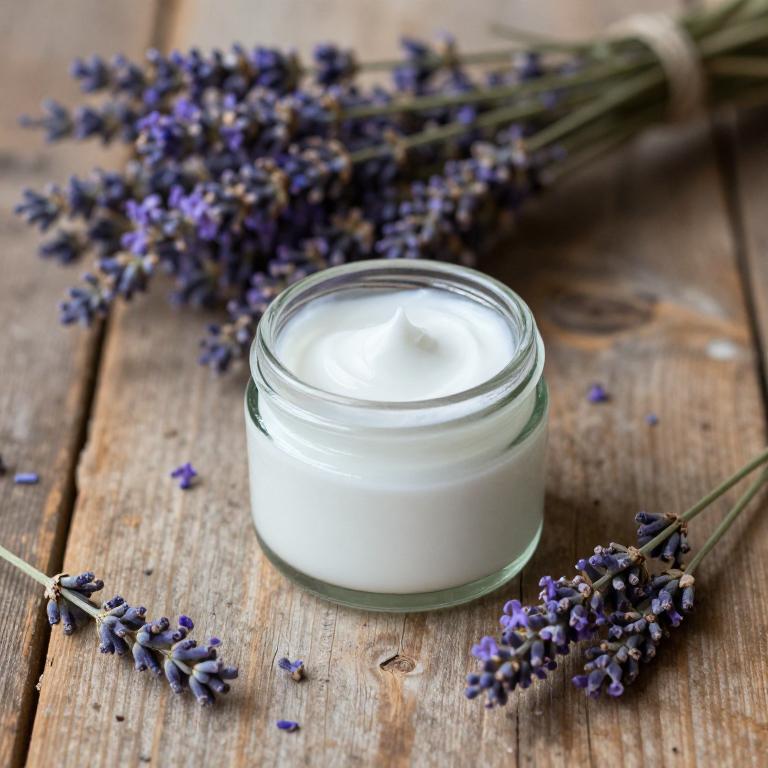
Lavandula angustifolia, commonly known as English lavender, is often incorporated into herbal creams designed to target the appearance of eye bags.
These creams leverage the anti-inflammatory and soothing properties of lavender essential oils to reduce puffiness and dark circles around the eyes. The calming aroma of lavender also helps to relax the surrounding muscles, potentially improving the overall appearance of the under-eye area. Many formulations include additional ingredients like chamomile or green tea extract to enhance their efficacy.
Regular use of lavender-based eye creams may contribute to a more refreshed and youthful-looking complexion.
9. Hypericum perforatum
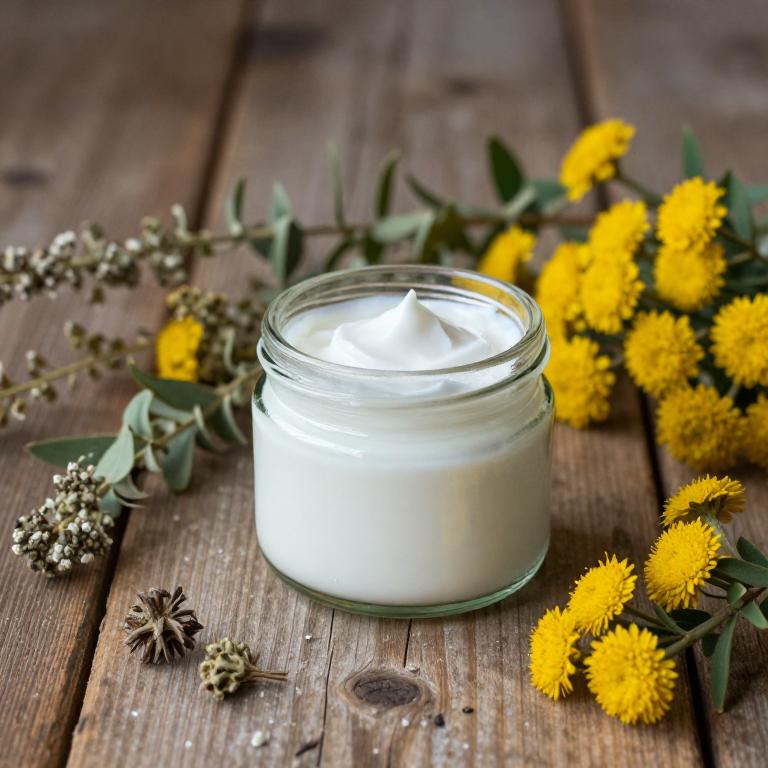
Hypericum perforatum, commonly known as St. John's Wort, is often used in herbal creams for its potential anti-inflammatory and skin-soothing properties.
These creams are sometimes recommended for reducing the appearance of eye bags by improving circulation and diminishing dark circles. The active compounds in St. John's Wort, such as hypericin and hyperforin, may help in reducing swelling and promoting skin renewal around the delicate eye area. However, it is important to note that while some users report positive results, scientific evidence supporting its efficacy for eye bags is limited.
As with any topical treatment, it is advisable to perform a patch test and consult with a healthcare professional before use.
10. Urtica dioica
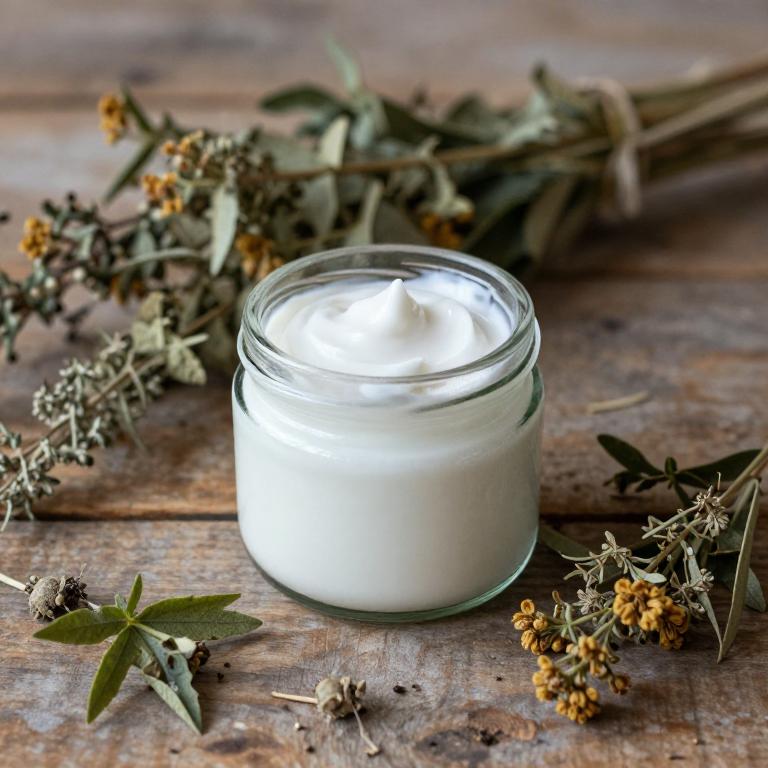
Urtica dioica, commonly known as stinging nettle, is a plant that has been used traditionally for its anti-inflammatory and skin-repairing properties.
Herbal creams containing Urtica dioica are increasingly popular for their potential to reduce the appearance of eye bags by improving circulation and reducing fluid retention around the delicate eye area. These creams are often formulated with natural ingredients that soothe the skin and may help strengthen the capillaries, leading to a reduction in puffiness. The cooling and tingling sensation from the plant's natural compounds can provide a refreshing effect, making it a favored choice for those seeking natural remedies.
However, it is important to perform a patch test before use, as some individuals may be sensitive to the plant's active components.